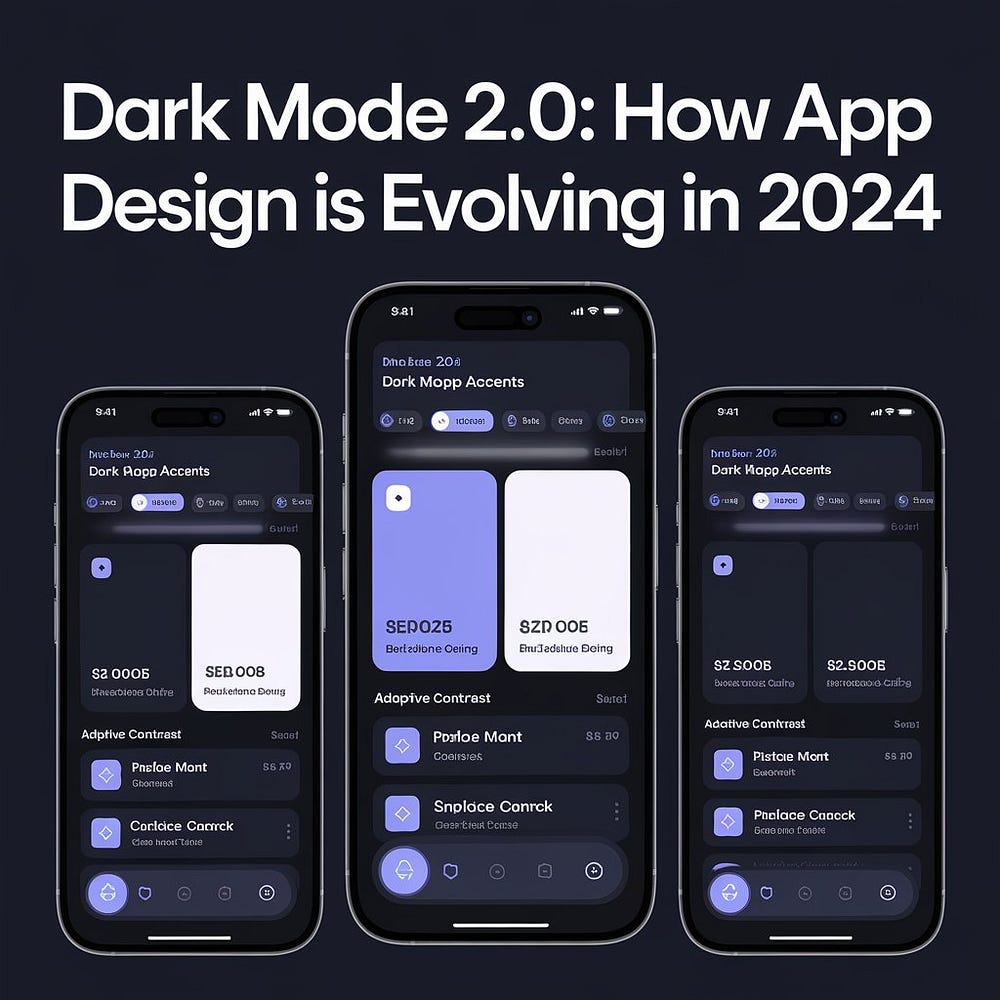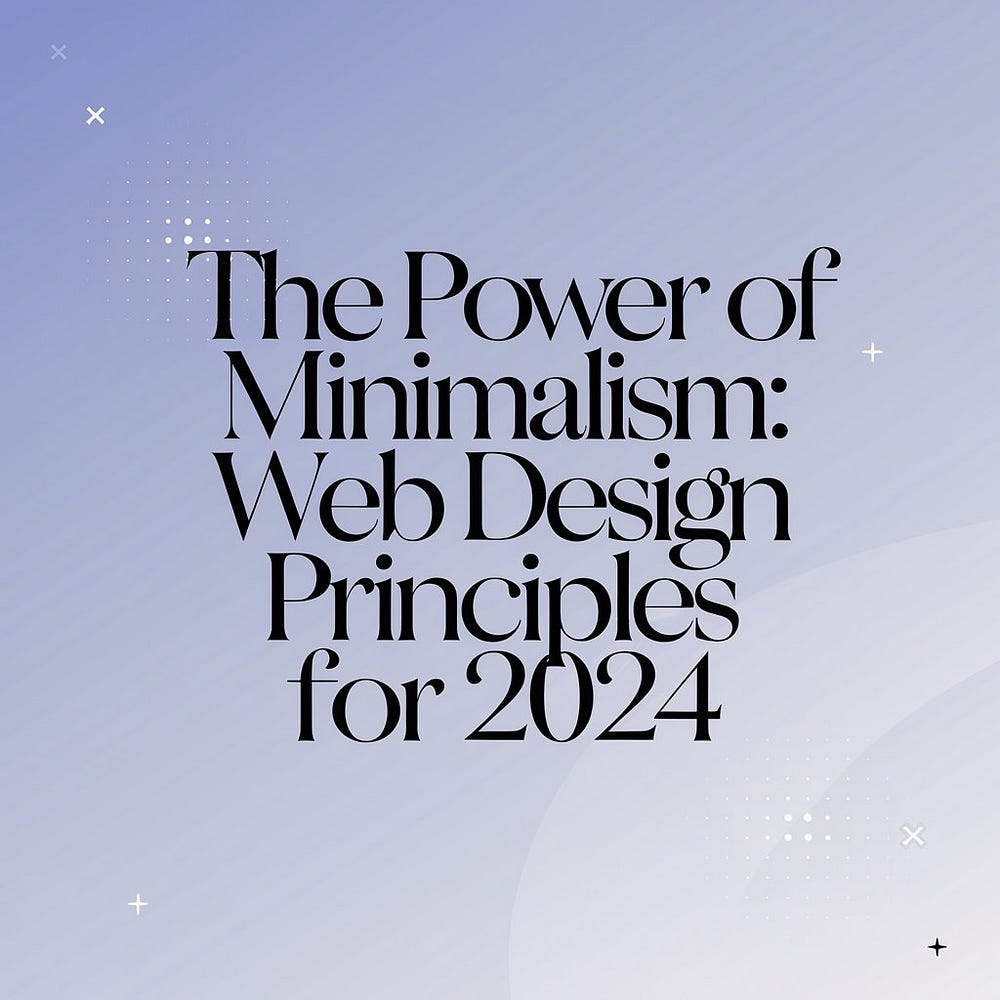As we step into 2024, minimalism remains a dominant force in web design, captivating users with its...
Dark Mode 2.0: How App Design is Evolving in 2024
Dark mode has been a popular app design trend for years, but as we move into 2024, it’s evolving beyond a simple color swap. Dark Mode 2.0 is here, bringing new features, improved usability, and enhanced aesthetics to mobile and web apps. This new iteration of dark mode focuses on customization, accessibility, and user experience, making it a critical element in modern app design. Let’s explore how dark mode is evolving and what trends are shaping its future.

1. The Rise of Dark Mode 2.0
Dark mode has long been celebrated for its benefits, such as reducing eye strain, saving battery life, and creating a sleek aesthetic. However, Dark Mode 2.0 takes these benefits further by adding customization options, better contrast, and adaptive color schemes that respond to user preferences and environmental lighting.
As users demand more personalized experiences, dark mode has become more than just a design choice — it’s an essential feature that enhances accessibility and user satisfaction. Apps are now focusing on offering adjustable contrast levels, color accents, and even automatic transitions between light and dark modes based on the time of day.
2. Benefits of Dark Mode 2.0: Customization, Accessibility, and Aesthetics
One of the biggest trends in Dark Mode 2.0 is customization. Users can now choose accent colors, adjust brightness, and even select specific themes within dark mode, allowing for a highly personalized experience. This customization enhances accessibility, making apps more user-friendly for people with visual impairments or light sensitivities.
From a design perspective, Dark Mode 2.0 allows for more creativity. Designers can experiment with new color palettes, gradients, and typography styles that complement the dark interface. This not only makes apps look more modern but also enhances the overall user experience.
3. Adaptive Dark Mode: Lighting and Environment Sensitivity
Adaptive dark mode is a feature that automatically adjusts the app’s theme based on environmental factors, such as ambient light or time of day. For example, an app might transition to a darker theme in the evening or when the user is in a dimly lit environment. This feature enhances usability by providing optimal visibility based on the user’s surroundings, reducing eye strain and improving comfort.
4. The Role of AI in Dark Mode 2.0
Artificial Intelligence (AI) plays a crucial role in the evolution of dark mode. AI-driven algorithms can now analyze user behavior and adapt the dark mode experience accordingly. For instance, if a user frequently switches between light and dark modes, the app can learn these preferences and automatically adjust the interface at specific times or in certain conditions.
AI also enhances accessibility by identifying optimal contrast levels for each user, ensuring that text remains legible and elements are easily distinguishable. This tailored approach provides a more intuitive experience and helps maintain consistency across different devices.
5. Dark Mode 2.0 in App Design: Aesthetic and Functional Trends
Dark Mode 2.0 goes beyond functionality and incorporates aesthetic elements that make apps look more sophisticated. Some of the design trends shaping Dark Mode 2.0 include:
- Color Accents: Instead of a purely black and white interface, Dark Mode 2.0 incorporates color accents that add vibrancy and help guide the user’s eye.
- Neumorphism: A design trend that uses subtle shadows and highlights to create a soft, three-dimensional look, giving dark mode interfaces a modern and sleek appearance.
- Dynamic Gradients: Gradients are being used to create a sense of depth, giving dark mode backgrounds a more polished and visually appealing look.
Conclusion
Dark Mode 2.0 is more than just a design update; it’s a comprehensive approach to enhancing user experience through personalization, accessibility, and adaptive features. As we move further into 2024, Dark Mode 2.0 will continue to shape the way apps look and feel, providing users with a more immersive and comfortable experience. By embracing these trends, designers can stay ahead of the curve and create apps that are both functional and visually captivating.


